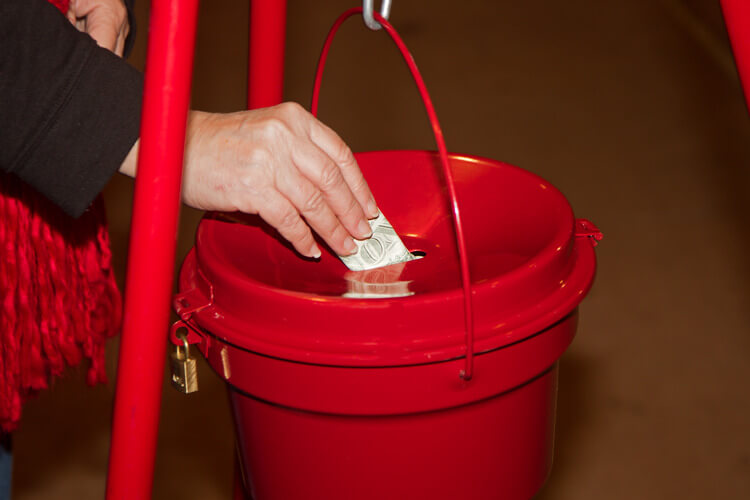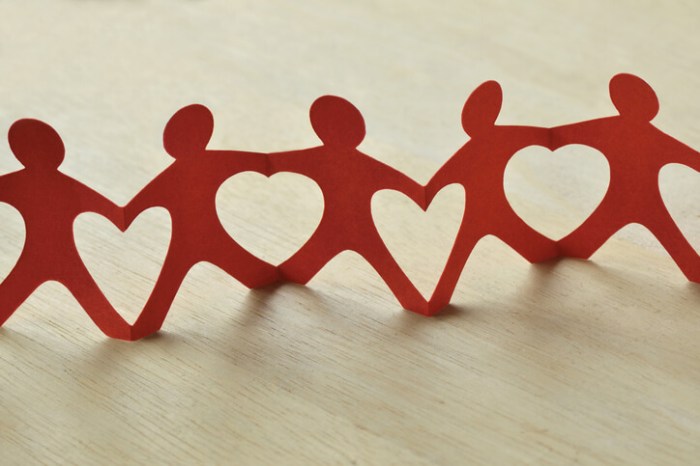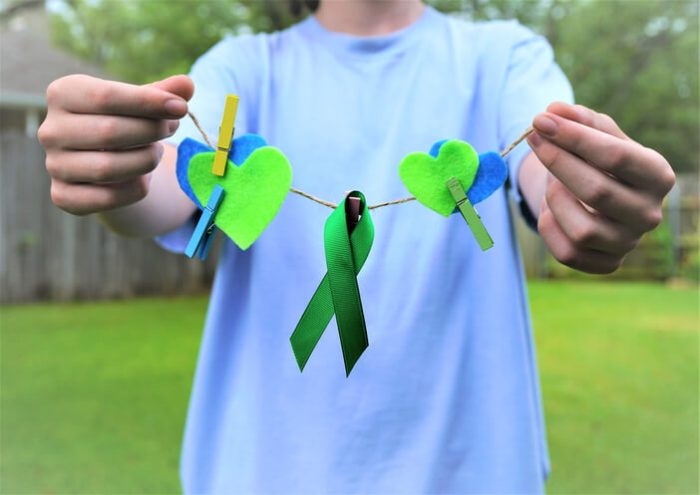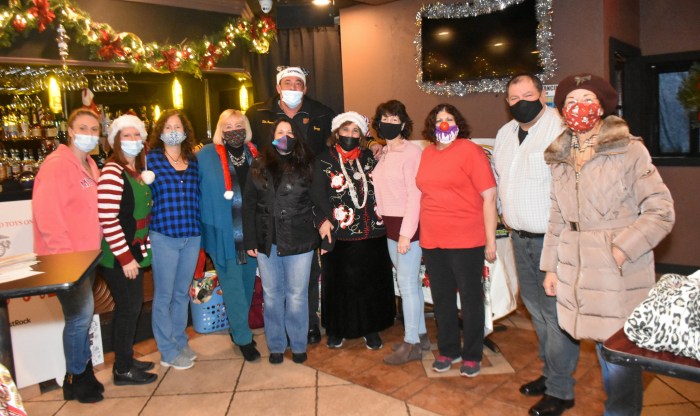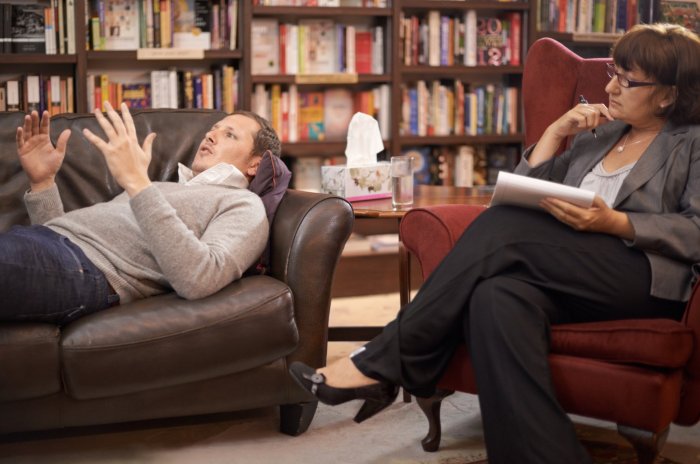Sometimes bad things bring out the best in us — at least that was often true during the pandemic. In addition to the heroics of healthcare workers, the population and organizations dug down and gave to a wide range of groups.
Americans donated $484.85 billion in 2021, up 4.9% from 2020, while corporate giving rose 23.8% to $21.08 billion and foundation giving edged up 3.4% to $90.88 billion, according to the National Philanthropic Trust.
But now, in mid-November as the stock market stumbles and inflation hits, however, nonprofits are seeing signs of a slowdown.
“You’ve got low unemployment, interest rates ramping up, inflation and a drop in the stock market,” said Ken Cerini, managing partner at Bohemia-based Cerini & Associates, specializing in nonprofits. “What does that mean for nonprofit organizations? From a fundraising perspective, it means there most likely will be a downtick of contributions.”
Randi Shubin Dresner, president of Melville-based Island Harvest Food Bank, said demand rose as her group helped about 600,000 families during the pandemic. Demand dipped, but is rising as donations decline.
“We came off of two years of a crazy pandemic. During that time, we doubled our output and services, distributing about 18 million pounds of food a year,” Shubin Dresner said. “After the pandemic, demand started to come down. Then prices at the gas pump and supermarket started to go up. So demand is up.”
She said that food and funding donations, however, have dipped and government funding declined. “There was a lot of government funding during the pandemic, but most of that is gone. That leaves a big hole for us,” she said. “Our individual contributors are down.”
Cerini said people who planned to donate are sometimes cutting back amid their own financial losses.
“Some pledges made in past years are not being honored, because portfolios have gone down,” Cerini said. “A lot of our clients are seeing a downturn in the level of contributions and fundraising.”
The nonprofit sector saw an upswing in giving amid the pandemic, even as demand rose. But as things got better, donations declined.
“Charitable giving overall has been extremely strong in recent years,” said Mike Geiger, CEO of the Association of Fundraising Professionals’ Foundation for Philanthropy. “That high level of growth in giving was unlikely to continue.”
The Fundraising Effectiveness Project said the number of donors in the first half of the year declined by 7% and retention (donors who gave last year and this year) dropped by 4.2%, but dollars were up 6.2%, although that doesn’t mean there were increases for any particular group.
“People follow the news. The problem is most nonprofit organizations aren’t in the news,” Cerini said of donations following disasters. “Nonprofits have to figure out how to connect better with donors.”
While in-person fundraising is back, events are attracting fewer people. Nonprofits are ramping up online fundraising, using emails, videos and virtual campaigns.
“We’re trying to be aggressive to bring in more dollars, making phone calls and being out in the community,” Shubin Dresner said of their Turkey & Trimmings Collection Campaign for November and December. “We need contributions.”
The Long Island Music Hall of Fame and Museum saved money with a steeply discounted 25-year lease from the Ward Melville Heritage Organization as well as loaned and donated exhibits.
“We raised enough to fund us initially and build out the museum,” EGC Group CEO and the hall’s Chairman Ernie Canadeo said, “We are about to undergo a campaign to raise more funds.”
The museum obtained exhibits, including a motorcycle donated by Billy Joel, Joan Jett’s 1983 Jaguar, and hundreds of other pieces of memorabilia. Board member Kevin O’Callaghan, creative director of the Hall of Fame, is a renowned exhibition designer. “He’s designing everything,” Canadeo said
While boards help, ongoing communications, demonstration of the good being done, and contacts beyond the contribution can keep donors informed and happy, Cerini said.
“You want to make a donation to an effective, impactful nonprofit,” he added. “Nonprofits need to do a better job of understanding and measuring their impact.”
He pointed to reality shows, which present contestants’ backstories, as a lesson for charities who need to tell their story. “That’s what nonprofits need to do more of, connect with the donors, give them more information,” he said.
Cerini said his company ordered shirts made by people with disabilities through Port Washington-based Spectrum Designs. He got a call from a woman who said her son helped put the order together, thanking him for helping her son get a job and feel important.
“It’s made possible by people like you,” she said. Cerini noted that, after being impressed by the group and that call, he has since ordered from them again.
Donating can benefit the giver as well. Cerini said his company donates to Freeport-based Book Fairies, which donates books to those in need. “We believe in being good corporate citizens,” he said, noting that his company lets clients know about the support. “We get a benefit. They push it out on their social media.”




